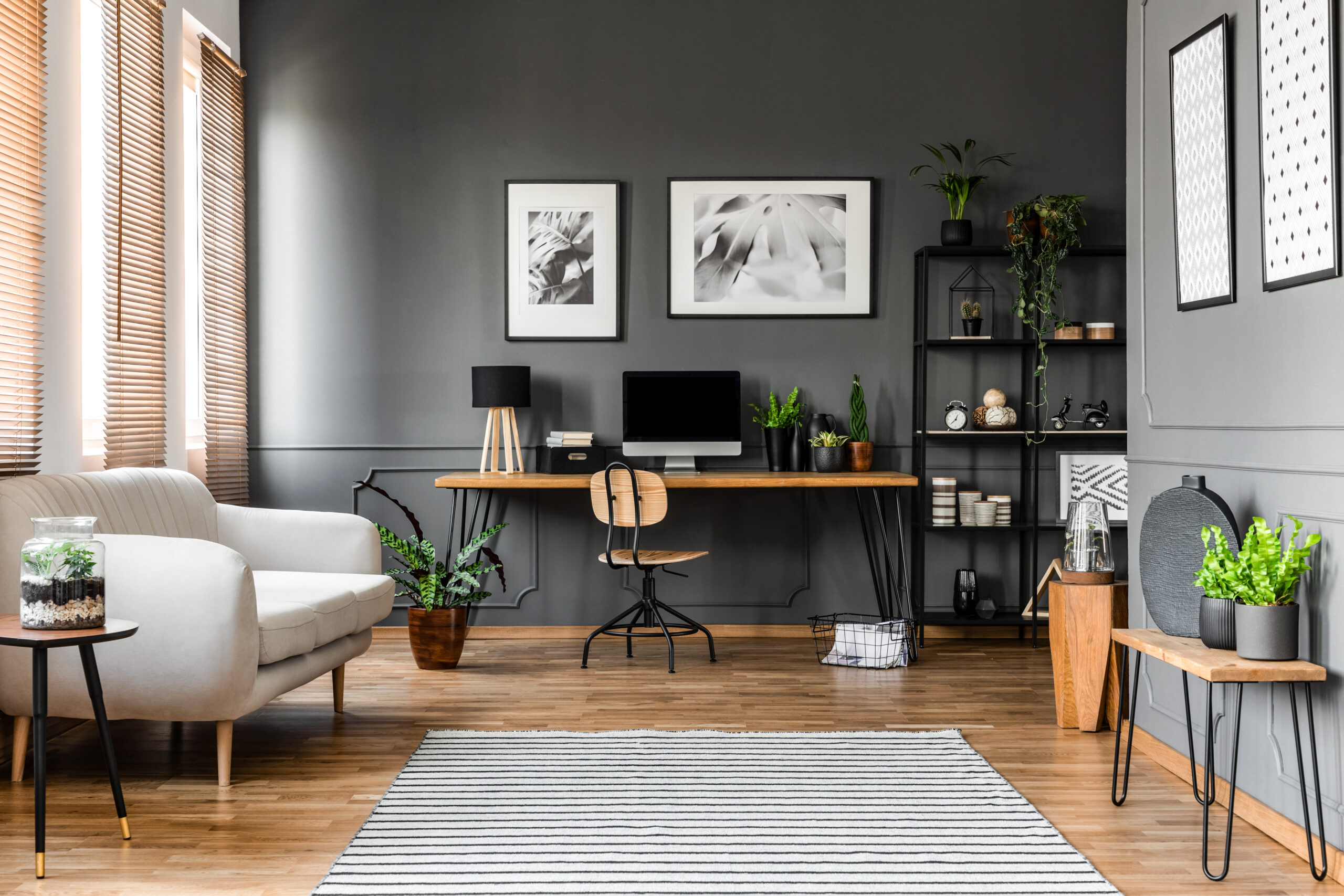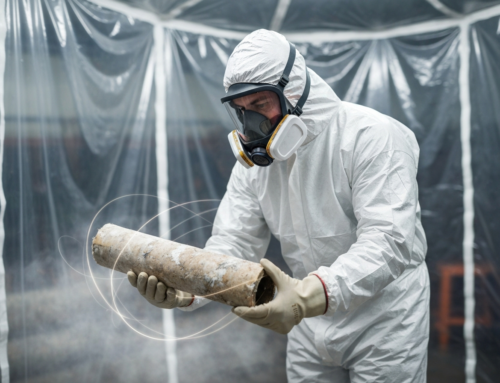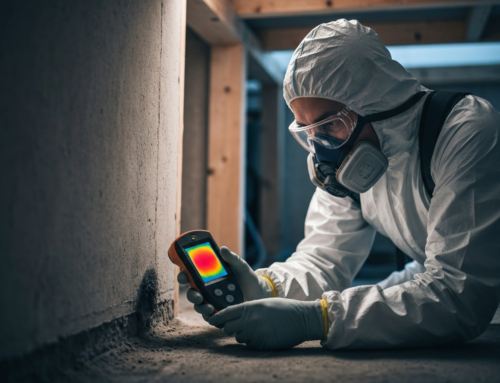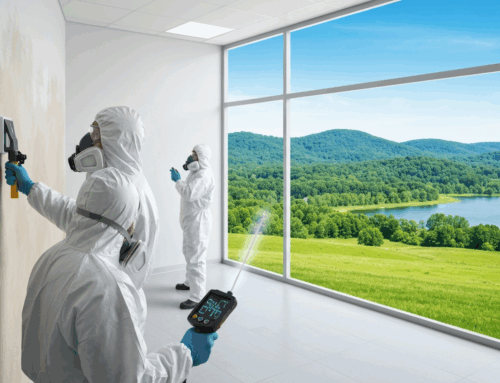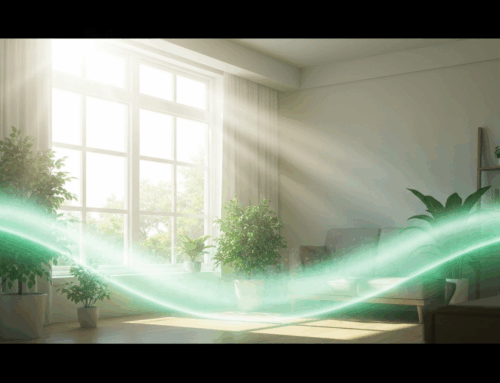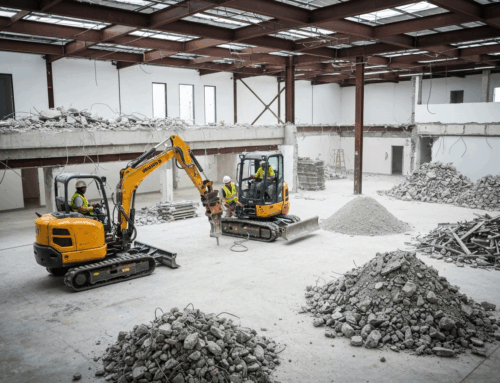Understanding Mold Growth in South Carolina Homes
Mold is a persistent challenge for homeowners, property managers, and businesses, particularly in areas known for their warm, humid climates. South Carolina, with its coastal regions, frequent rainfall, and hot summers, provides an ideal environment for mold spores to thrive. These microscopic organisms require moisture, a food source (like wood, drywall, or fabric), and a suitable temperature to grow. Unfortunately, these conditions are often readily available within homes and commercial buildings, especially after water leaks, flooding, or persistent high humidity.
Understanding how mold infiltrates and grows is the first step toward effective mitigation. Spores are naturally present in the air, both indoors and out. They enter buildings through open doorways, windows, HVAC systems, or by attaching to clothing, pets, or other items. Once indoors, if they land on a damp surface and find a food source, they can quickly begin to colonize. This often occurs in hidden areas such as behind walls, under flooring, in attics, or crawl spaces, making detection difficult without a professional mold inspection South Carolina residents can trust.
Signs of Mold and Potential Health Impacts
Identifying mold early is crucial for protecting both your property and your health. While sometimes visible as discoloration or fuzzy patches, mold can often be hidden, making its presence known through distinct odors. A musty, earthy smell is a common indicator of hidden mold growth. Other signs might include warped walls, peeling paint, or recurring respiratory issues among occupants.
Exposure to mold can lead to a variety of health problems, ranging from mild allergic reactions to more severe respiratory conditions. Individuals with asthma, allergies, or compromised immune systems are particularly vulnerable. Common symptoms associated with mold exposure include:
- Nasal stuffiness, runny nose, or sneezing
- Eye irritation (itching, redness, watery eyes)
- Skin rash
- Coughing and wheezing
- Headaches or fatigue
For sensitive individuals, prolonged exposure can lead to chronic health issues. This highlights the importance of addressing any suspected mold problem promptly and thoroughly to ensure a safe indoor environment. For more information regarding issues renters face, you may wish to read our article on SC renters and legal mold protection.
The Value of a Professional Mold Inspection South Carolina
When faced with suspected mold, the temptation might be to attempt DIY removal. However, without proper training and equipment, disturbing mold can release millions of spores into the air, spreading the contamination and potentially increasing health risks. This is why a professional mold inspection South Carolina is indispensable.
A qualified mold inspection service, like Piedmont Quality Air, brings several key benefits:
- Expert Identification: Professionals can accurately identify the type of mold present, which helps in determining the most effective remediation strategy.
- Source Identification: They possess the experience and specialized equipment to pinpoint the underlying cause of moisture, preventing future recurrence.
- Comprehensive Assessment: Beyond visible mold, inspectors can uncover hidden growth in less accessible areas using advanced tools.
- Health and Safety: Trained professionals adhere to industry standards and safety protocols, minimizing exposure risks during the inspection and subsequent remediation.
- Compliance: While the South Carolina Department of Environmental Services (SCDES) states that they do not regulate mold or indoor air quality in private homes, a bill has been introduced in the South Carolina Legislature to establish voluntary standards for mold remediation companies. Choosing a professional ensures adherence to these best practices and industry guidelines. It’s important to note that the SCDES provides general information on indoor mold for homeowners.
- Peace of Mind: A professional assessment provides a clear, unbiased picture of your home’s mold situation, along with actionable steps for remediation.
What to Expect During a Comprehensive Mold Assessment
A thorough professional mold inspection in South Carolina involves more than just a quick look. Our experienced and trained professionals at Piedmont Quality Air utilize specialized equipment and a systematic approach to ensure a comprehensive assessment. Here’s generally what you can expect:
- Initial Consultation: Discussion of your concerns, observations, and any history of water intrusion or leaks in the property.
- Visual Inspection: A detailed visual examination of the property, focusing on areas prone to moisture, such as bathrooms, kitchens, basements, attics, and crawl spaces. This includes looking for visible mold growth, water stains, and signs of moisture damage.
- Moisture Mapping: Use of moisture meters to detect elevated moisture levels in walls, ceilings, and flooring, even if they appear dry. This helps identify hidden moisture sources feeding mold growth.
- Thermal Imaging: Employing infrared cameras to identify temperature differences that can indicate hidden moisture or leaks behind surfaces without intrusive demolition.
- Air Quality Testing (Optional but Recommended): Air samples are taken to measure airborne mold spore concentrations both indoors and outdoors. This helps determine if indoor mold levels are elevated and if the mold is actively sporulating.
- Surface Sampling (Optional): Swab or tape lift samples may be collected from suspicious areas to identify the specific types of mold present.
- Detailed Report: A comprehensive report outlining findings, including moisture readings, potential mold locations, types of mold identified (if sampled), and recommendations for remediation.
- Free Estimate: Following the assessment, you’ll receive a free, no-obligation estimate for any recommended mold removal services.
Next Steps After a Mold Discovery
If a professional mold inspection South Carolina reveals a mold problem, it’s natural to feel concerned, but remember that effective solutions are available. The primary goal is to address the moisture source and safely remove the mold. Here are the typical next steps:
- Review the Inspection Report: Carefully go over the detailed report provided by the inspector. It will outline the extent of the mold growth, identified moisture sources, and recommendations for remediation.
- Address the Moisture Source: Mold cannot thrive without moisture. Before any remediation, the source of water or humidity must be completely identified and fixed. This might involve repairing leaks, improving ventilation, or waterproofing.
- Develop a Remediation Plan: Based on the inspection findings, a professional mold remediation company will develop a tailored plan to safely and effectively remove the mold. This plan will outline containment strategies, removal methods, and post-remediation verification.
- Professional Mold Removal: For significant mold issues, it is highly recommended to engage experienced and trained professionals for mold removal. They have the specialized equipment and expertise to contain the mold, prevent its spread during removal, and ensure thorough cleaning and disinfection. Our team at Piedmont Quality Air adheres strictly to federal and state regulations for hazardous material removal, ensuring your safety and compliance.
- Post-Remediation Verification: After remediation, a post-abatement clearance test is often performed to confirm that mold levels have returned to acceptable levels and the area is safe for reoccupation.
Addressing mold promptly not only safeguards your health but also helps in successfully restoring your home’s value after mold damage.
Preventative Measures to Keep Your Home Mold-Free
Preventing mold growth is far more effective than remediation. By taking proactive steps, homeowners, property managers, and businesses in South Carolina can significantly reduce the risk of mold infestation. Here are key preventative measures:
- Control Humidity: Maintain indoor humidity levels between 30-50%. Use dehumidifiers in damp areas like basements and crawl spaces, especially during humid months. Ensure proper ventilation in bathrooms, kitchens, and laundry areas.
- Promptly Address Leaks: Fix any plumbing leaks, roof leaks, or other sources of water intrusion immediately. Even small leaks can lead to significant mold growth if left unaddressed.
- Ensure Proper Ventilation: Use exhaust fans in bathrooms and kitchens to remove moisture. Ensure adequate airflow throughout your home, especially in closed-off areas.
- Clean and Dry After Water Damage: If flooding or water damage occurs, clean and dry affected areas thoroughly within 24-48 hours to prevent mold from taking hold. This includes structural components and furnishings.
- Maintain HVAC Systems: Regularly inspect and clean your HVAC system, including ducts, to prevent moisture buildup and mold growth within the system that can then spread spores throughout your property.
- Insulate Properly: Insulate pipes and other cold surfaces to prevent condensation, which can lead to moisture buildup and mold.
- Manage Landscaping: Ensure proper drainage around your foundation to direct water away from your home. Trim trees and shrubs that may be too close to the building and contributing to moisture accumulation.
By implementing these preventative measures, you can create a healthier indoor environment and protect your property from the costly and hazardous effects of mold. If you suspect mold or have ongoing moisture issues, scheduling a professional mold inspection in South Carolina can provide the clarity and solutions you need to maintain a healthy living or working space. Piedmont Quality Air offers free estimates to help you get started on ensuring your air quality.
Have questions? Contact us here.

